In January, Vietnam's total textile and garment export turnover reached more than 3.7 billion USD, up 12% over the same period in 2024. This is an impressive figure, because at this time purchasing power is low and the festive season has passed. This not only reflects the stable growth of the industry but also motivates businesses to increase production and export of goods.
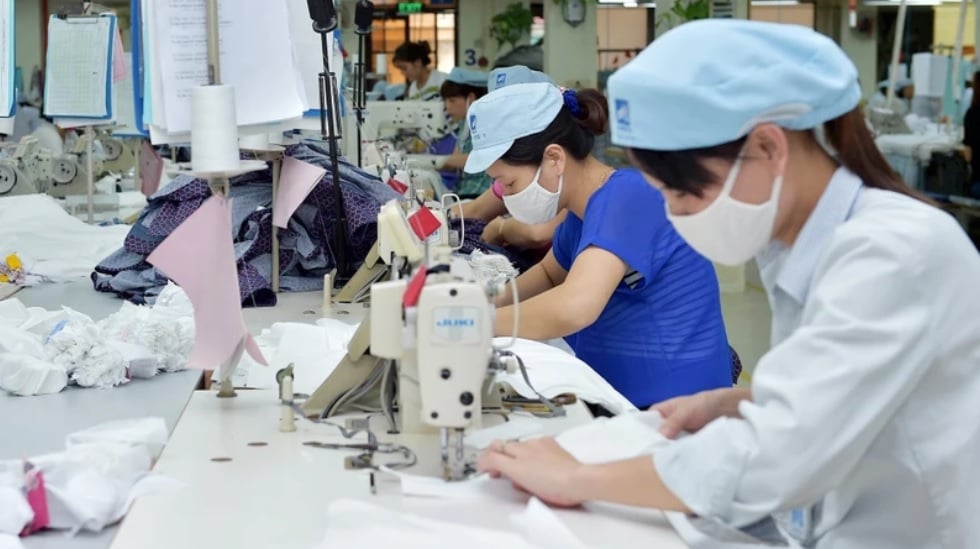
The export turnover of 44 billion USD in 2024 will help the Vietnamese textile and garment industry return to the second largest export position in the world. However, facing many unpredictable market developments and high transportation and raw material costs, textile and garment enterprises need to proactively respond to maintain growth momentum.
Promote development
CEO of Phong Phu Joint Stock Corporation Truong Thi Ngoc Phuong said that in 2024, the unit's total revenue will reach VND 2,550 billion, an increase of 20.7%; pre-tax profit will reach VND 352 billion, an increase of 10.1% compared to 2023. In 2025, the unit strives to reach VND 2,600 billion in revenue and VND 355 billion in profit.
To complete the set plan, in addition to training and improving the qualifications of workers and management, the unit continues to invest in modern equipment, apply automation technology, research and develop new products, reduce costs, etc. to increase efficiency.
“The unit will continue to innovate its approach based on actual market developments, streamline its organization, maximize efficiency and effectiveness of its personnel, and expand its facilities and promote production to soon complete its set goals,” Ms. Truong Thi Ngoc Phuong emphasized.
Similarly, General Director of Duc Giang Corporation Pham Tien Lam said that last year, the unit's revenue reached VND 2,396 billion; profit reached VND 103.5 billion, equal to 116% compared to 2023. In 2025, the unit strives for an export turnover of about 90 million USD, an increase of 10%; profit of VND 28-30 billion, an increase of about 25%, growth returning to pre-Covid-19 levels,... "The Corporation focuses on three main groups of solutions including: Learning, adapting, changing.
In particular, the top priority is to improve production organization and increase labor productivity to ensure revenue of at least 25 USD/person/day, and labor income is equal to 1.3 times the GRDP in the locality where the factory is located. At the same time, we focus on products and markets with strengths to increase value and enhance competitiveness in the market," General Director Pham Tien Lam affirmed.
Faced with new market developments, the textile and garment industry has recently promoted many solutions to maintain and promote production and business activities, thereby helping the industry's total export turnover in 2024 reach 44 billion USD, an increase of 11% compared to 2023. At present, businesses have orders until the end of June and are continuing to negotiate for the following months. However, unit prices are still low and cannot return to the pre-Covid-19 period. Cao Huu Hieu, General Director of Vietnam Textile and Garment Group (Vinatex) |
Not only do unit prices not increase, but orders tend to be shorter and shorter due to changes in global consumer psychology, leading to customers confirming orders in a short time, demanding high quality, fast delivery times and more complex product structures. Therefore, in order to maintain production and business activities and promote growth, businesses need to proactively respond to market fluctuations and maximize opportunities for exporting goods.
Increase competitiveness
In 2025, the textile and garment industry is forecast to continue to face a series of difficulties due to labor shortages, increasingly fierce competition, potentially risky supply chains, high input costs, etc. This will negatively impact the production activities of enterprises.
Vinatex General Director Cao Huu Hieu affirmed: Vietnam is achieving the best growth rate among textile and garment exporting powers, with a growth rate of about 11%/year. Meanwhile, direct competitors such as Bangladesh, India, ... are showing signs of decline.
Along with that, the US imposition of tariffs on China is also an opportunity for Vietnam to welcome order shifts and increase market share if it complies with relevant regulations. “In the first six months of this year, the textile and garment industry is forecast to continue its growth momentum from the end of 2024 and there are many positive growth signals when some major import markets such as the US, EU, etc. are recovering economically, thereby improving income and increasing personal consumption.
For the last months of the year, competition will become increasingly fierce as it is forecasted to recover and return to normal after the second quarter. Therefore, Vietnam will face many disadvantages due to labor costs that are nearly three times higher than Bangladesh, raw material prices, and transportation costs continuing to increase... Therefore, textile and garment enterprises need to improve management, reduce costs and invest in improving productivity, increasing value,... to increase competitiveness in the market", Mr. Cao Huu Hieu emphasized.
According to Vinatex Chairman of the Board of Directors Le Tien Truong, in order to achieve the target of increasing revenue by 6% and profit by 10% compared to 2024, the group will simultaneously deploy solutions to promote growth as expected. In particular, continuing to review and refine the apparatus to ensure effectiveness, efficiency, and performance as well as enhance the group's competitiveness, fully exploiting the advantages of negotiation, negotiation, and chain participation.
Research the operating model of the garment production and business department to perform the task of being the driving force, the main agent in forming the internal chain of the group; forming a research and development center for the fiber industry, standardizing management methods and raising the benchmarking standards for fiber enterprises; there must be new products, new pilot models, etc.
In the long term, Vinatex continues to adhere to the strategy of "becoming a destination capable of providing complete green solutions to customers in the global supply chain, with the leading scale in Vietnam and the region.
To implement this strategy, the Group will focus on a number of key goals regarding human resources and sustainable development on four pillars of environment, society, governance, and finance (ESGF); promote the endogenous capacity of each enterprise, link both vertically and horizontally within enterprises, share operational resources to synthesize the overall strength of the entire group, etc.
In addition, the unit will continue to focus on investing in technology and engineering to improve productivity, reduce dependence on labor, as well as research and develop pilot investment plans for smart factories at the group level to increase competitiveness and affirm its position in the global textile and garment chain.
In the context of the world situation continuing to develop in a complex and unpredictable manner, affecting the industry's growth target of 8 to 10%, textile and garment enterprises need to proactively adapt to market fluctuations, promote investment in model development, expand markets and customers, and take advantage of opportunities, especially new-generation free trade agreements (FTAs).
Chairman of the Vietnam Textile and Apparel Association (Vitas) Vu Duc Giang affirmed: FTAs help businesses expand their markets and customers, thereby contributing greatly to the growth of the industry. In particular, the Comprehensive and Progressive Agreement for Trans-Pacific Partnership (CPTPP) has created great opportunities for Vietnamese textiles and garments to access new markets such as Canada, Australia, New Zealand, etc.
Faced with competitive pressure from rivals, businesses need to further improve the capacity and qualifications of their workers; be flexible in production, accept difficult orders, have high technical requirements, short production times, and fast delivery to meet consumer demand.
Source










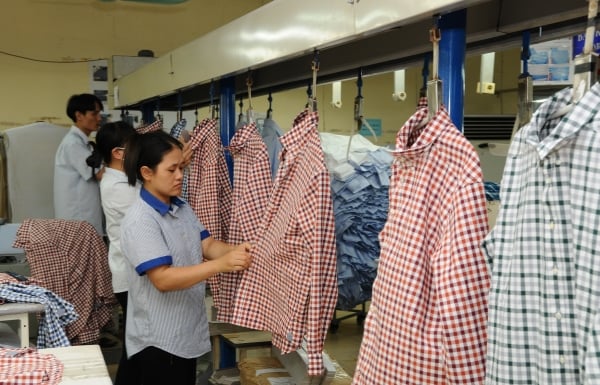
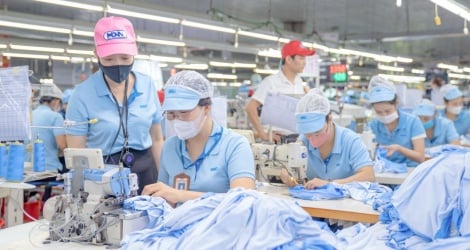


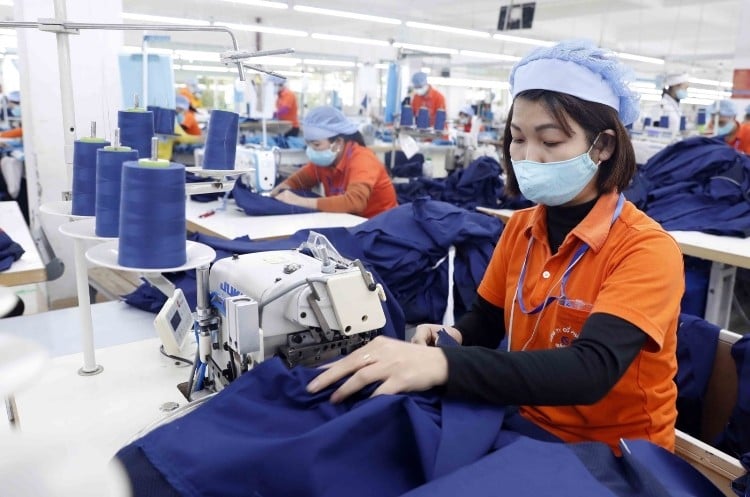

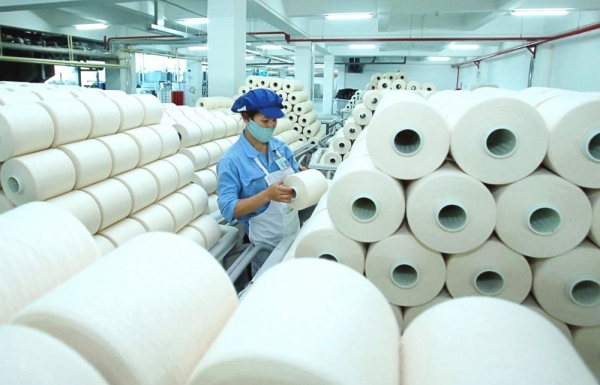






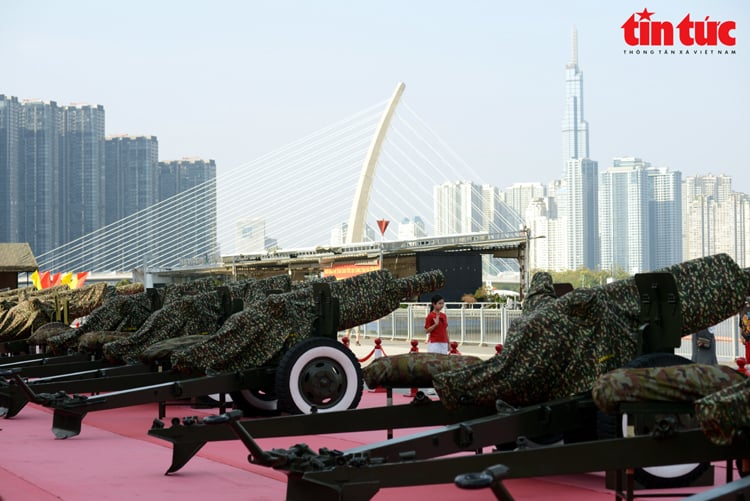

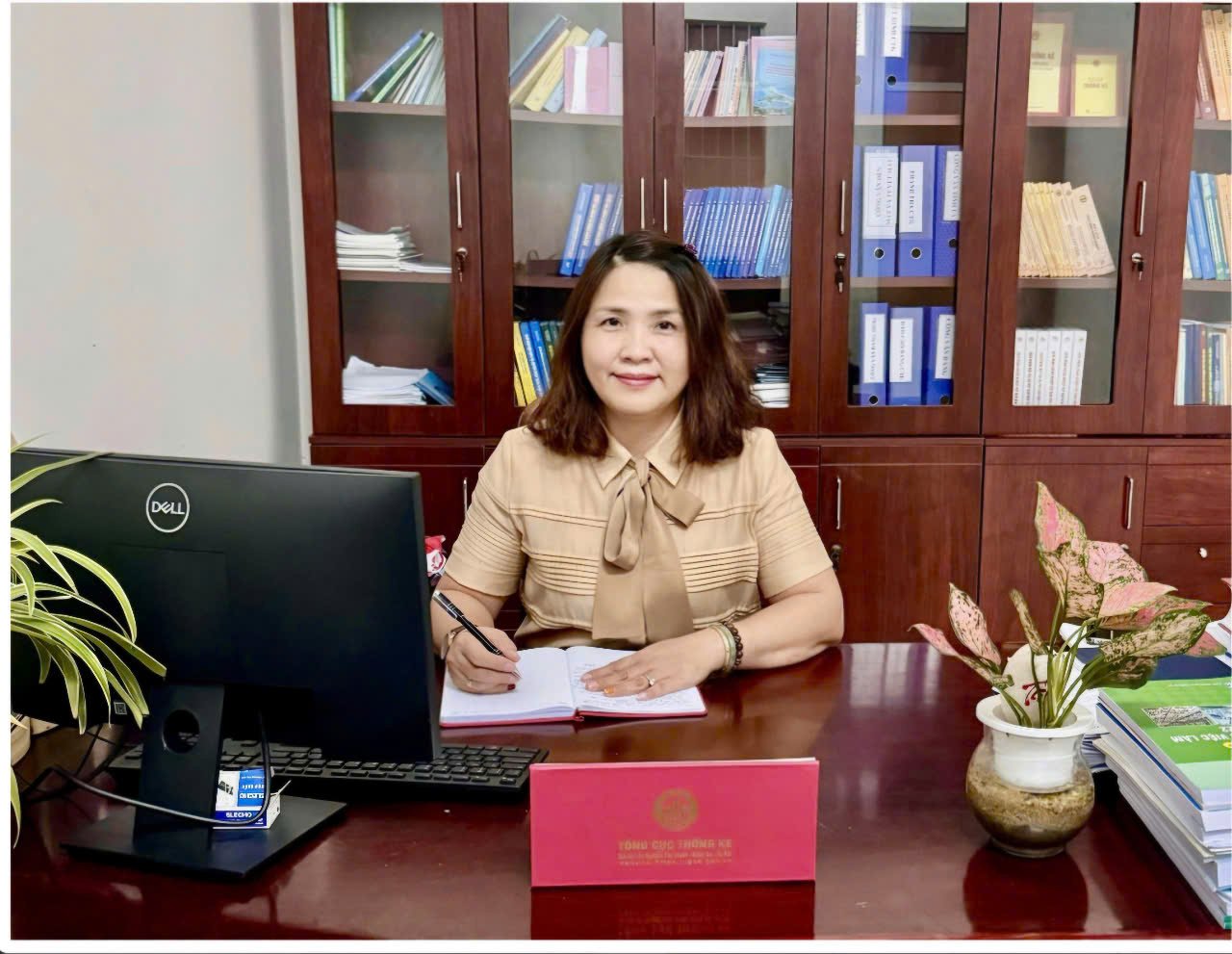

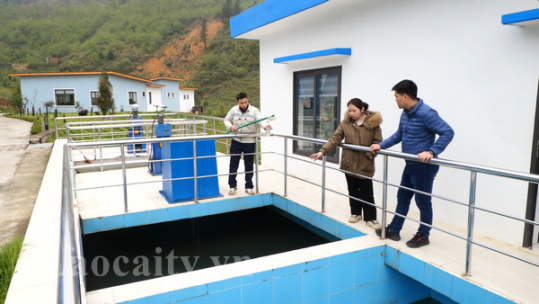
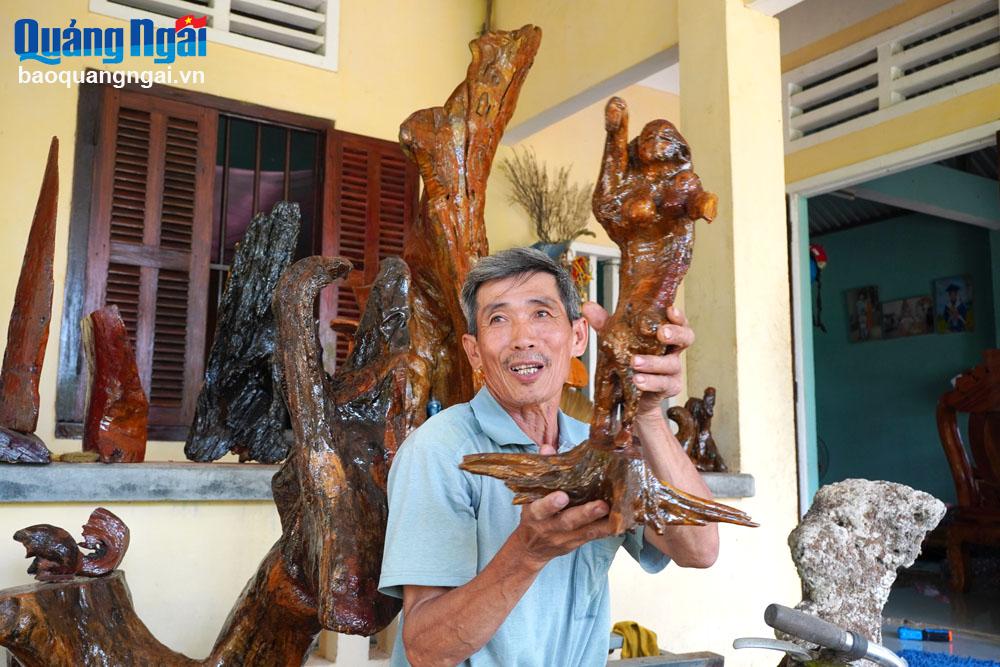
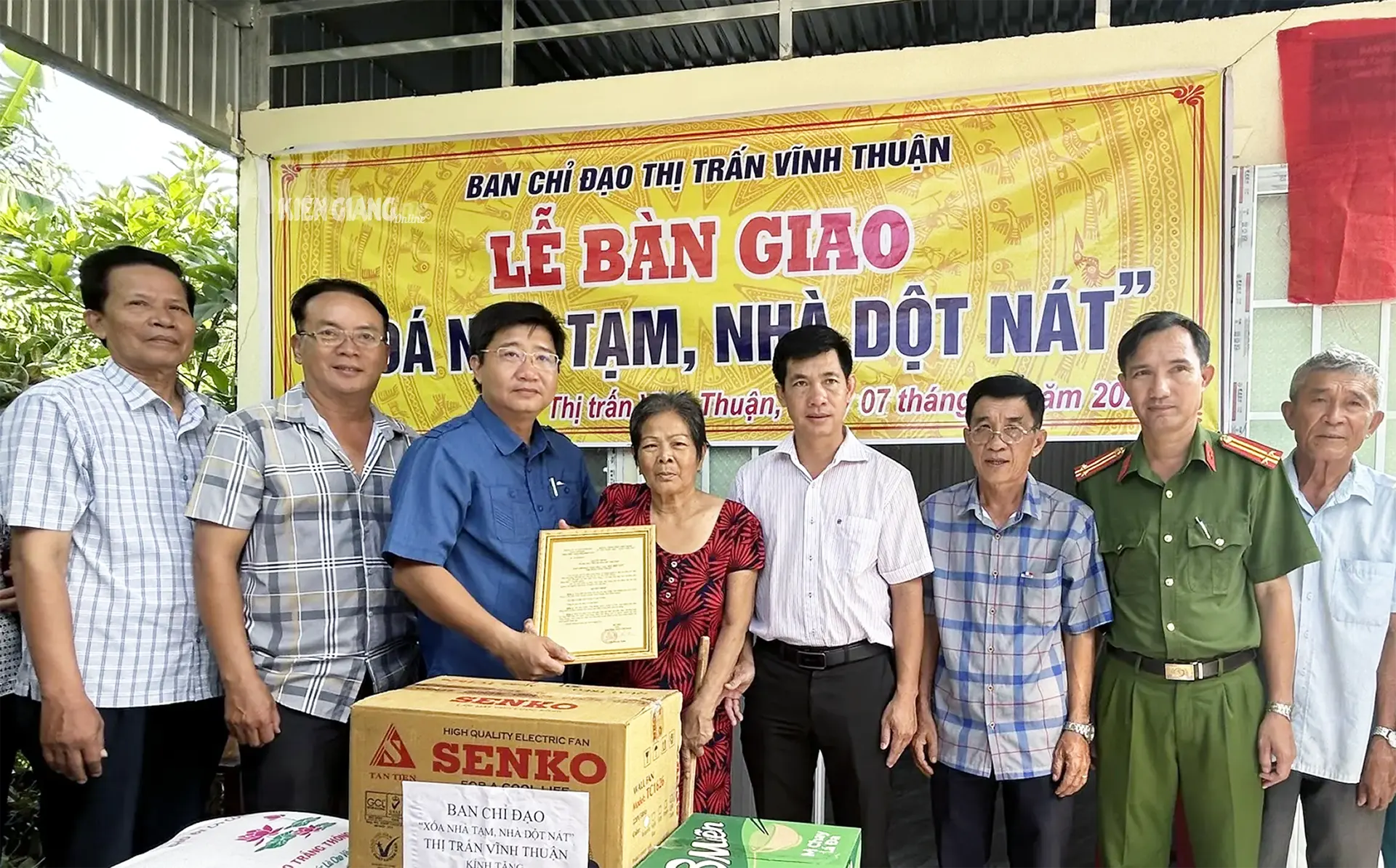


![[Photo] Solemn Hung King's Death Anniversary in France](https://vstatic.vietnam.vn/vietnam/resource/IMAGE/2025/4/6/786a6458bc274de5abe24c2ea3587979)
![[Photo] Vietnamese rescue team shares the loss with people in Myanmar earthquake area](https://vstatic.vietnam.vn/vietnam/resource/IMAGE/2025/4/6/ae4b9ffa12e14861b77db38293ba1c1d)

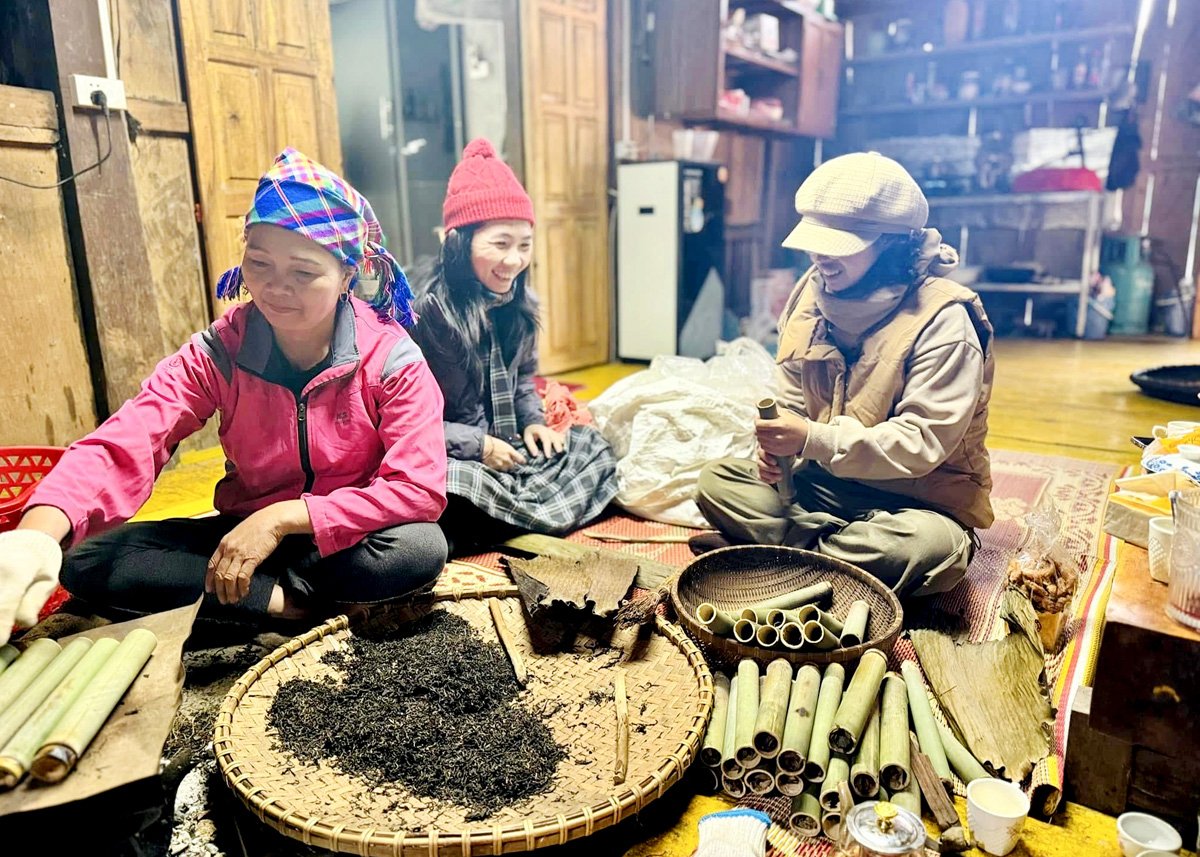

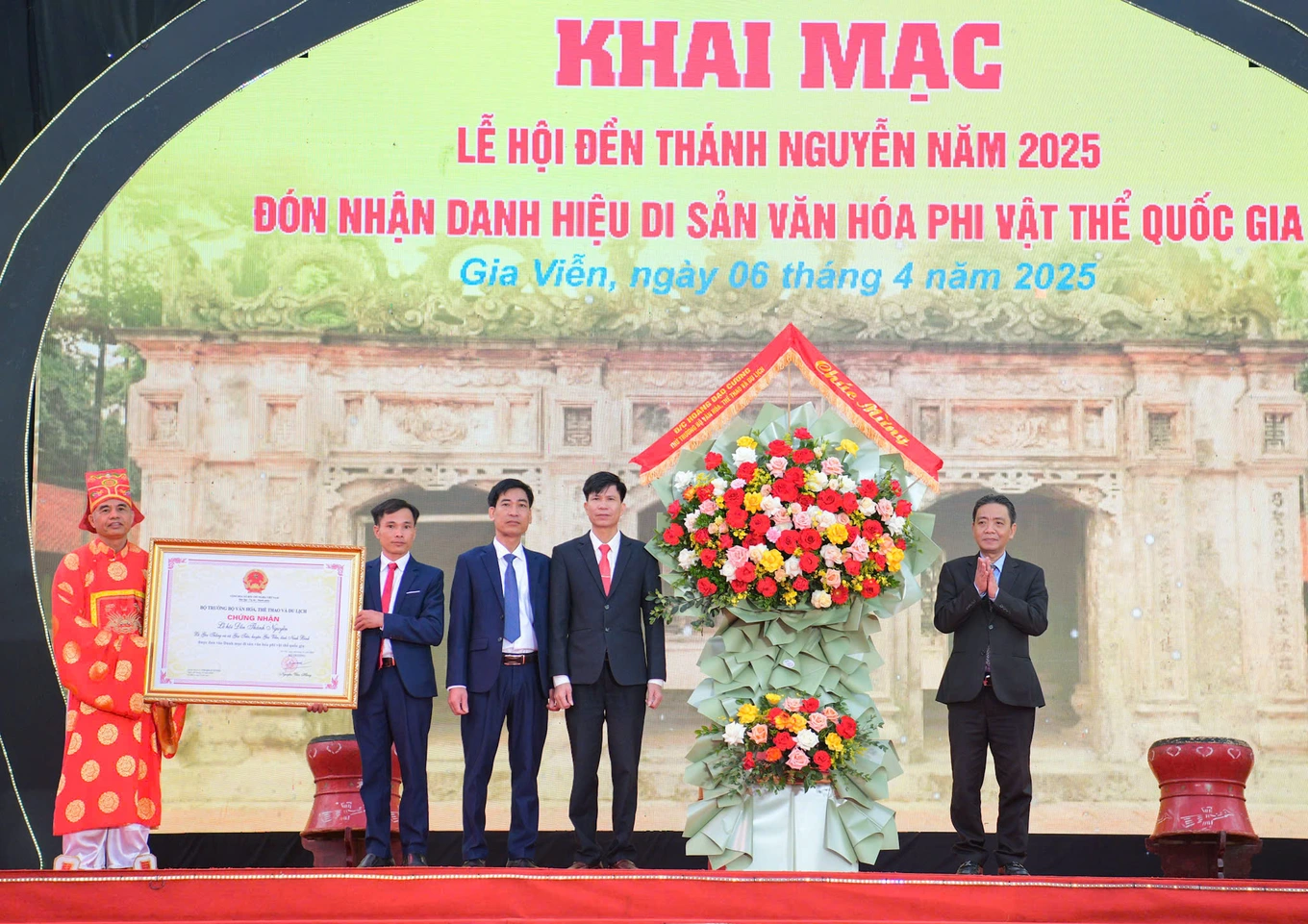









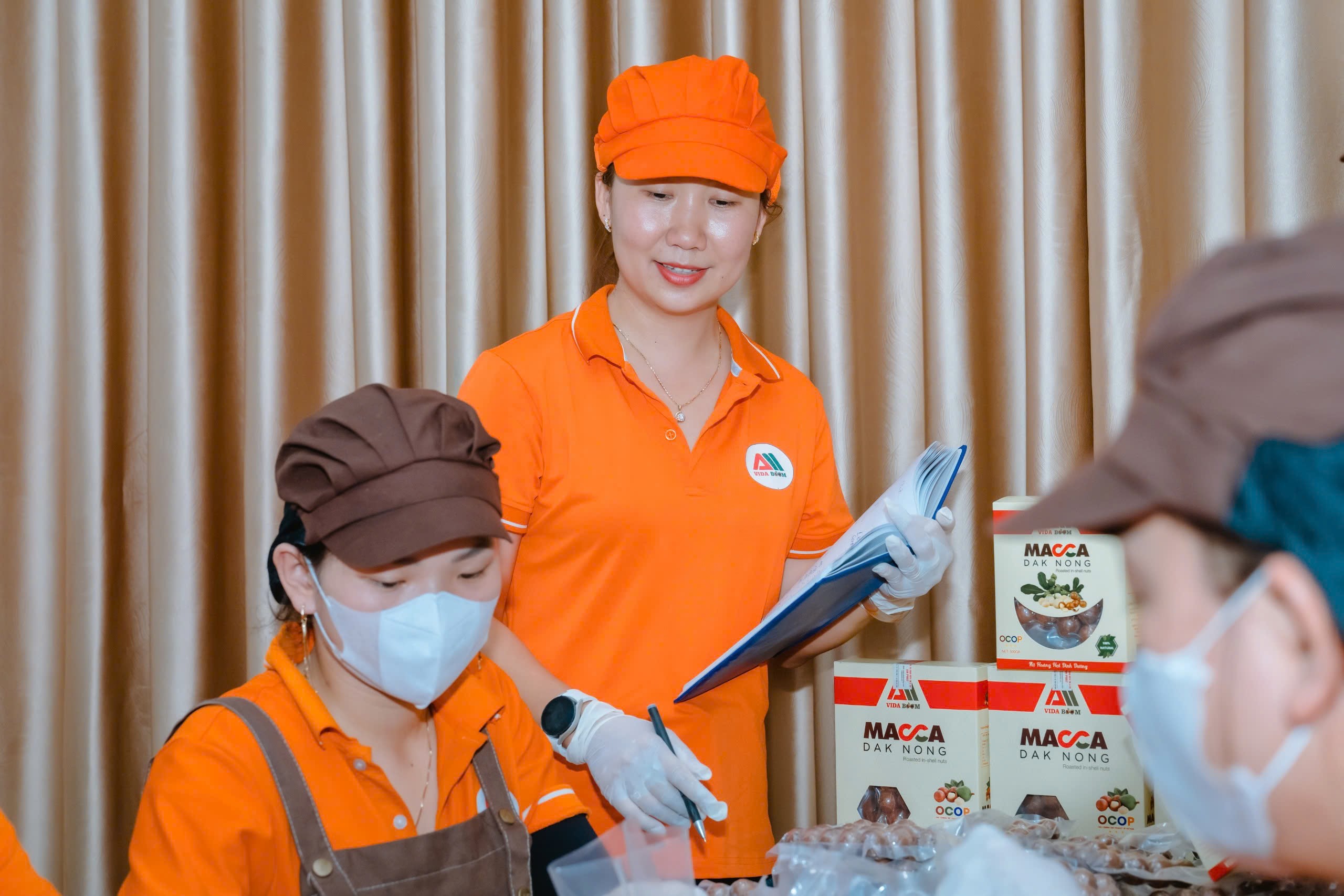

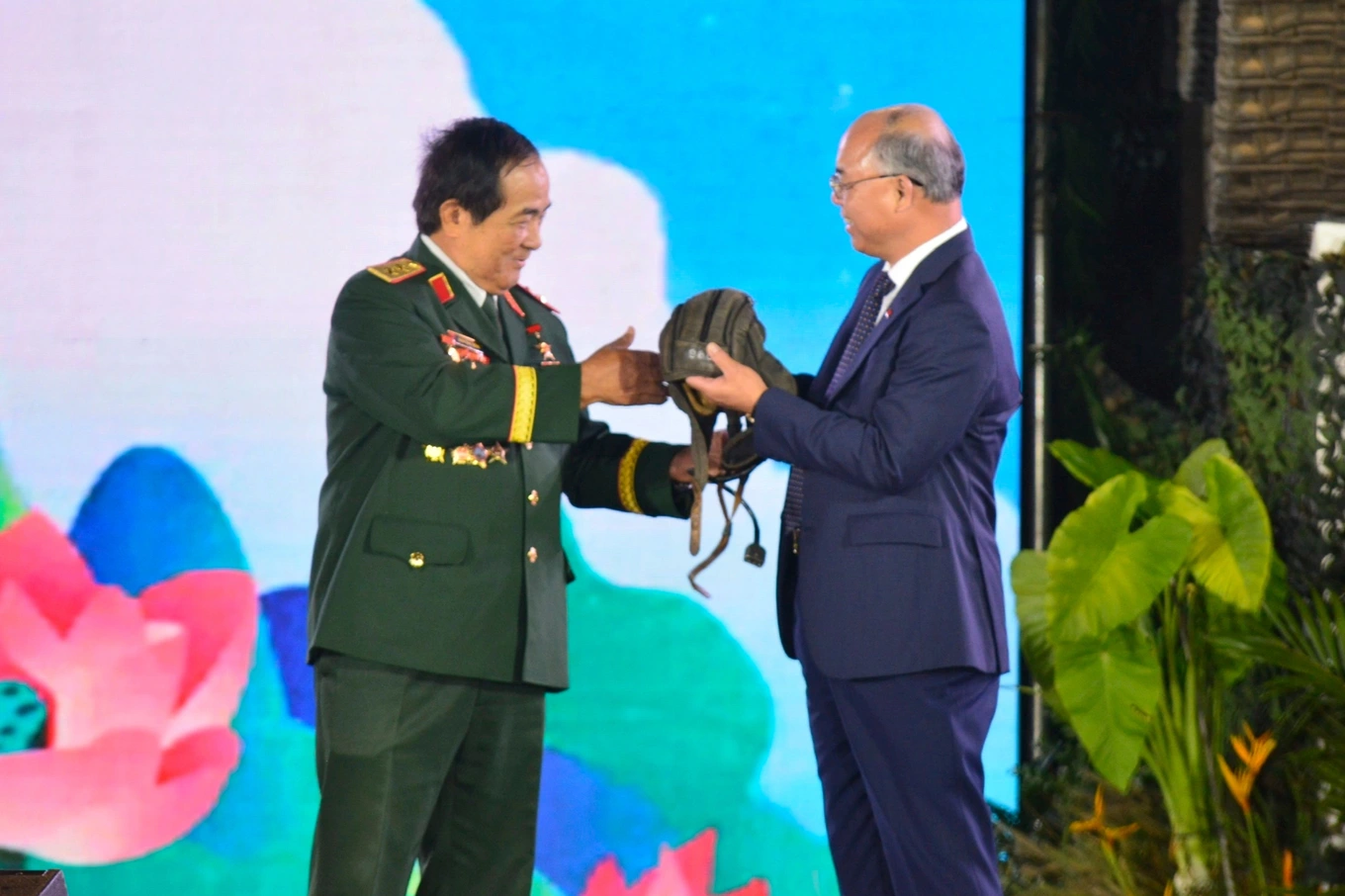
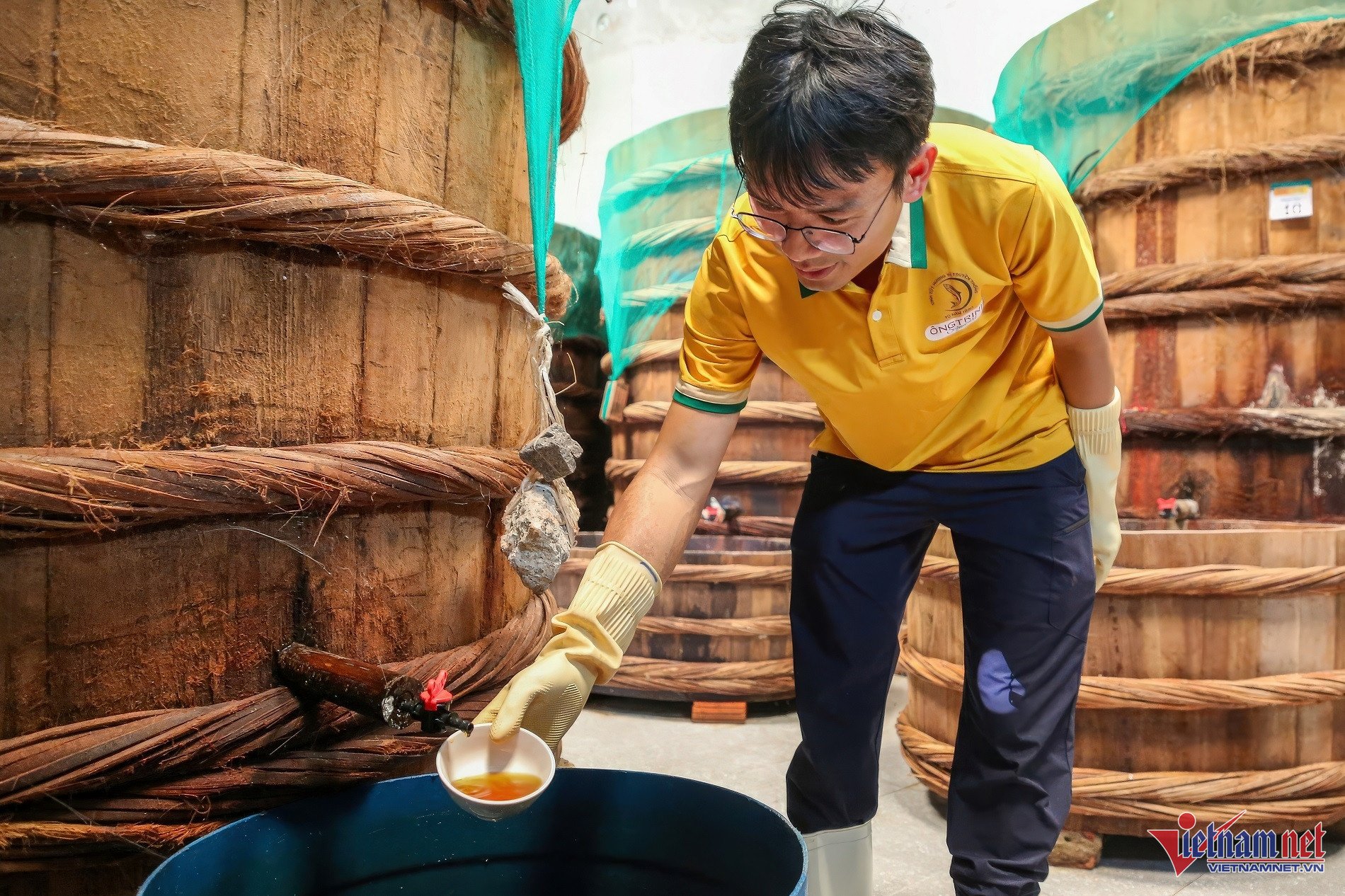





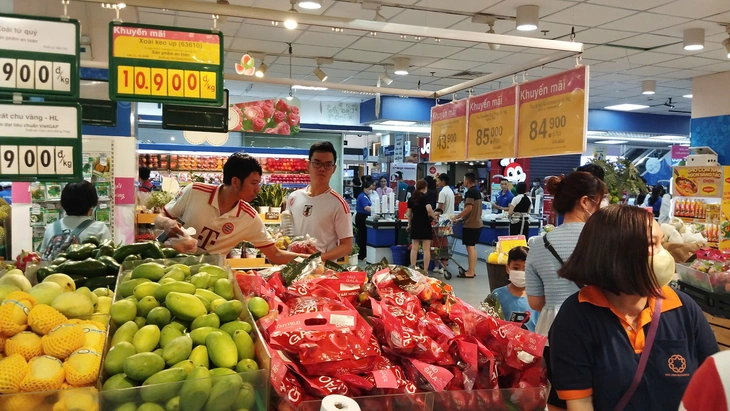


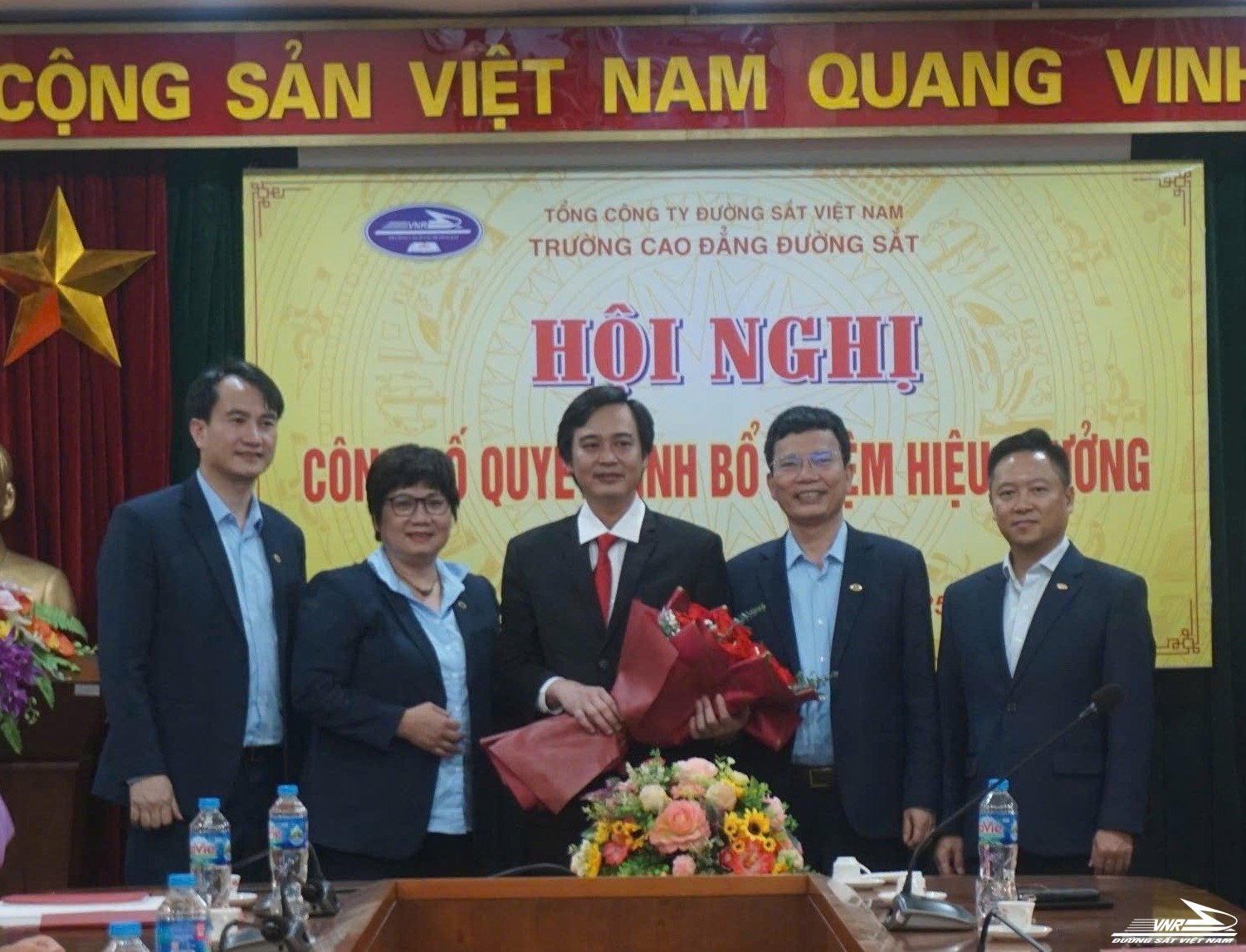
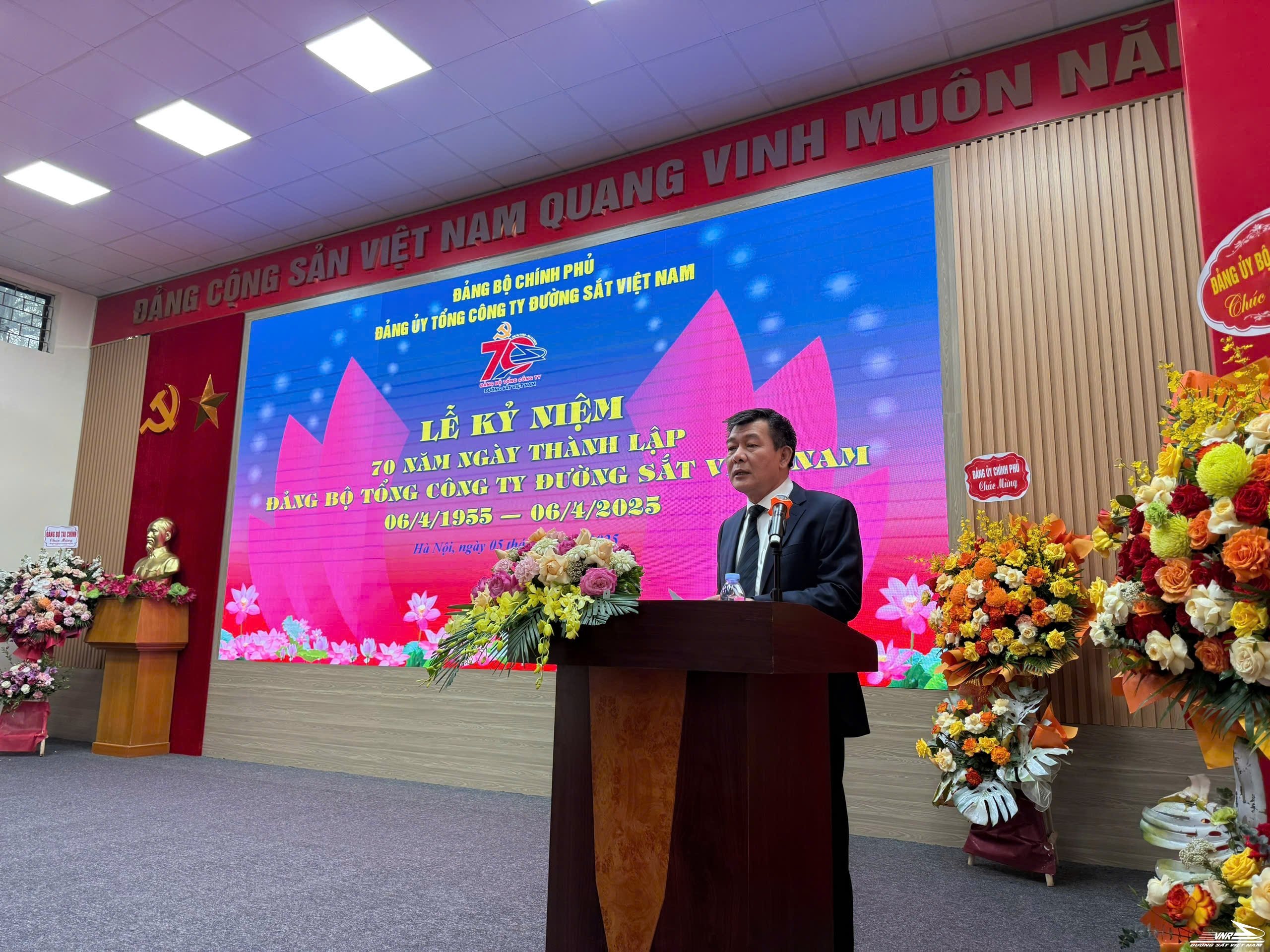


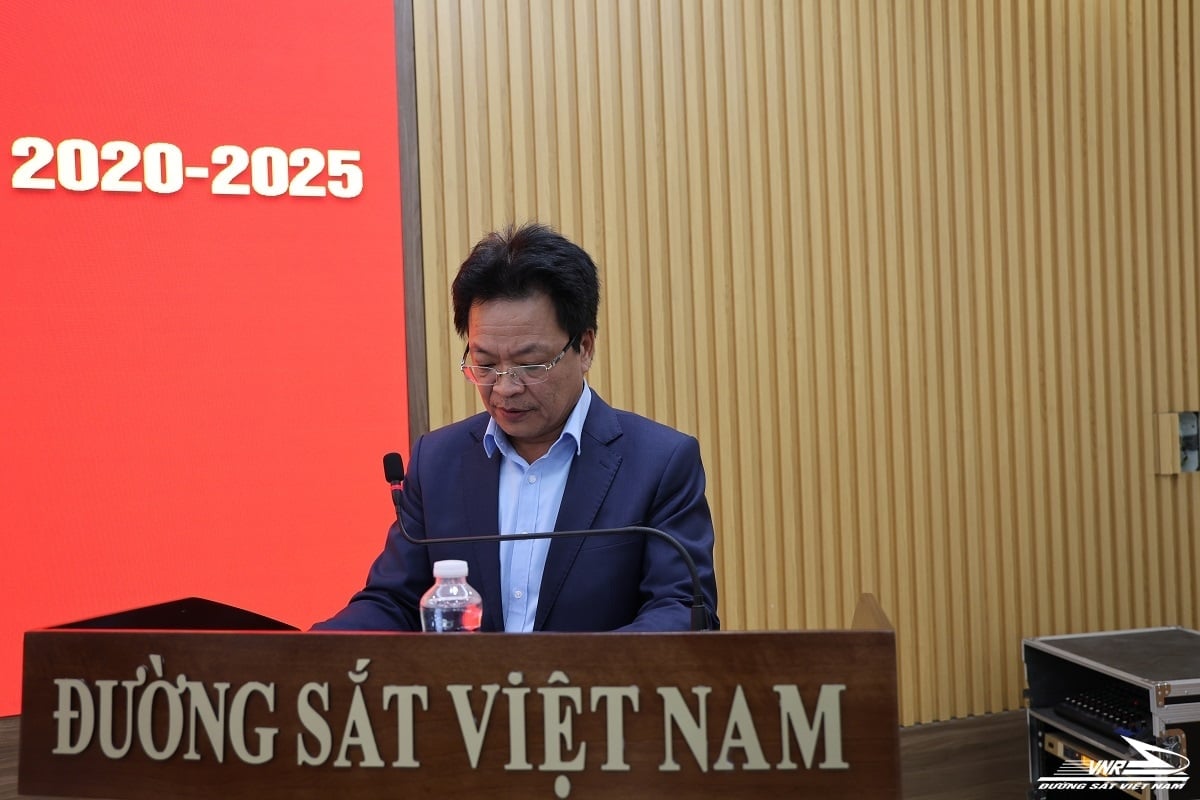
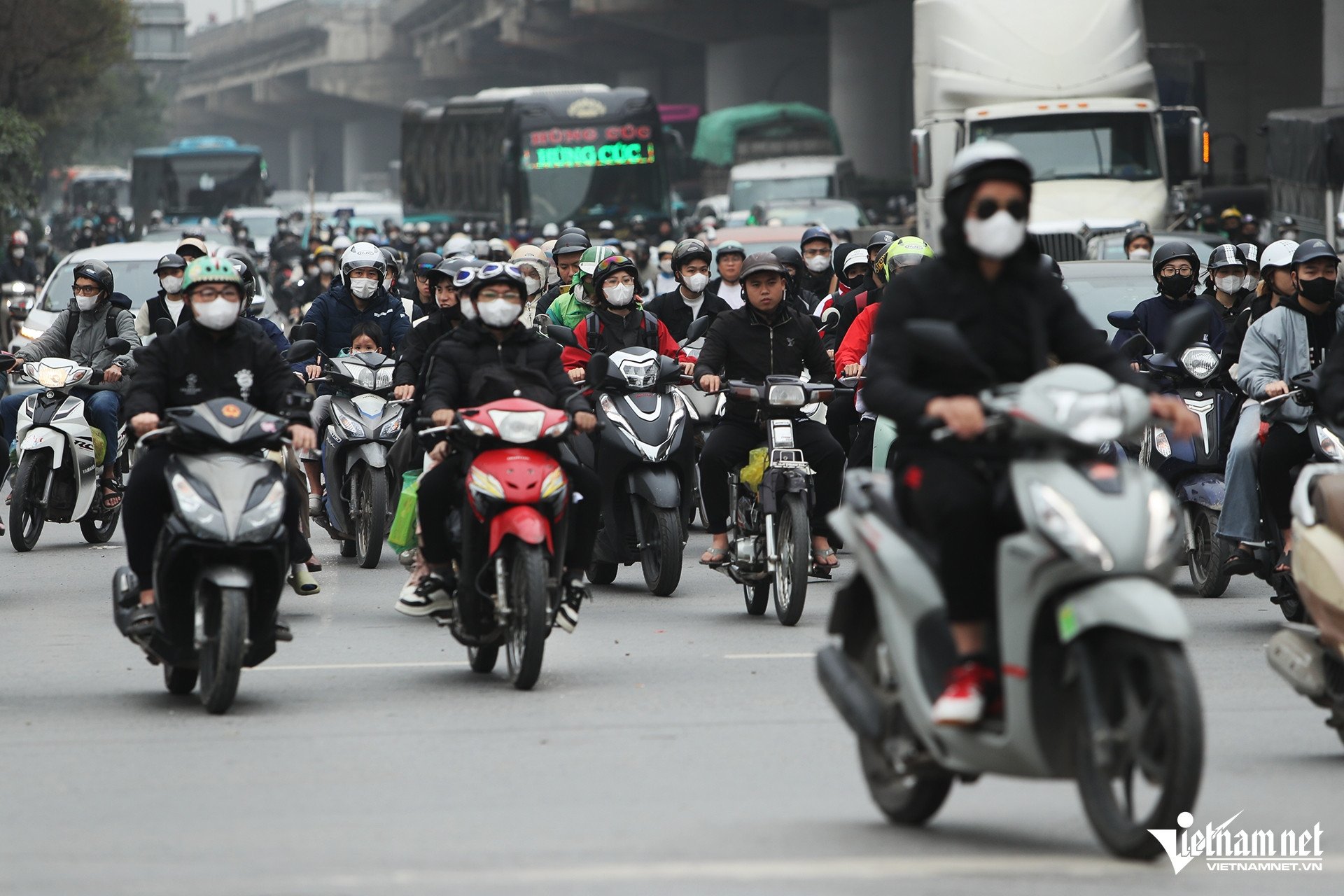



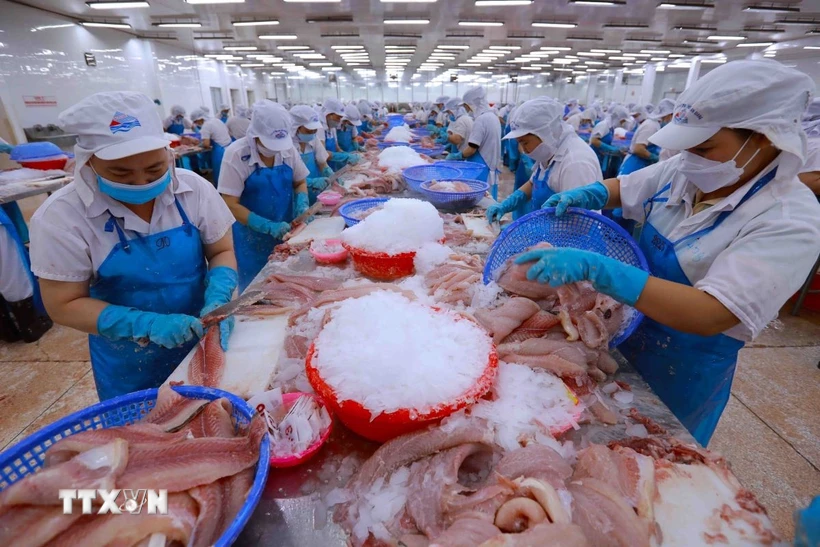


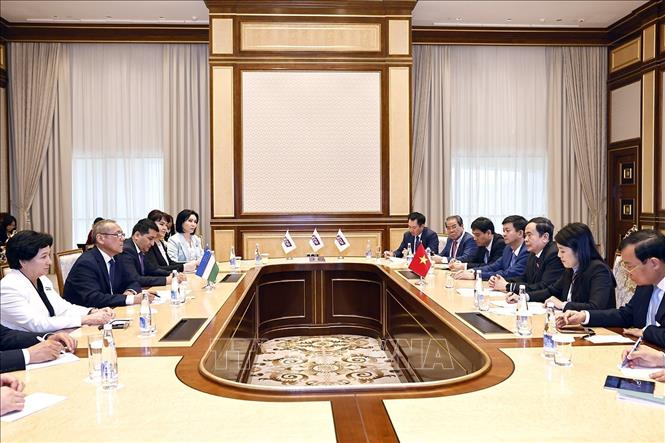









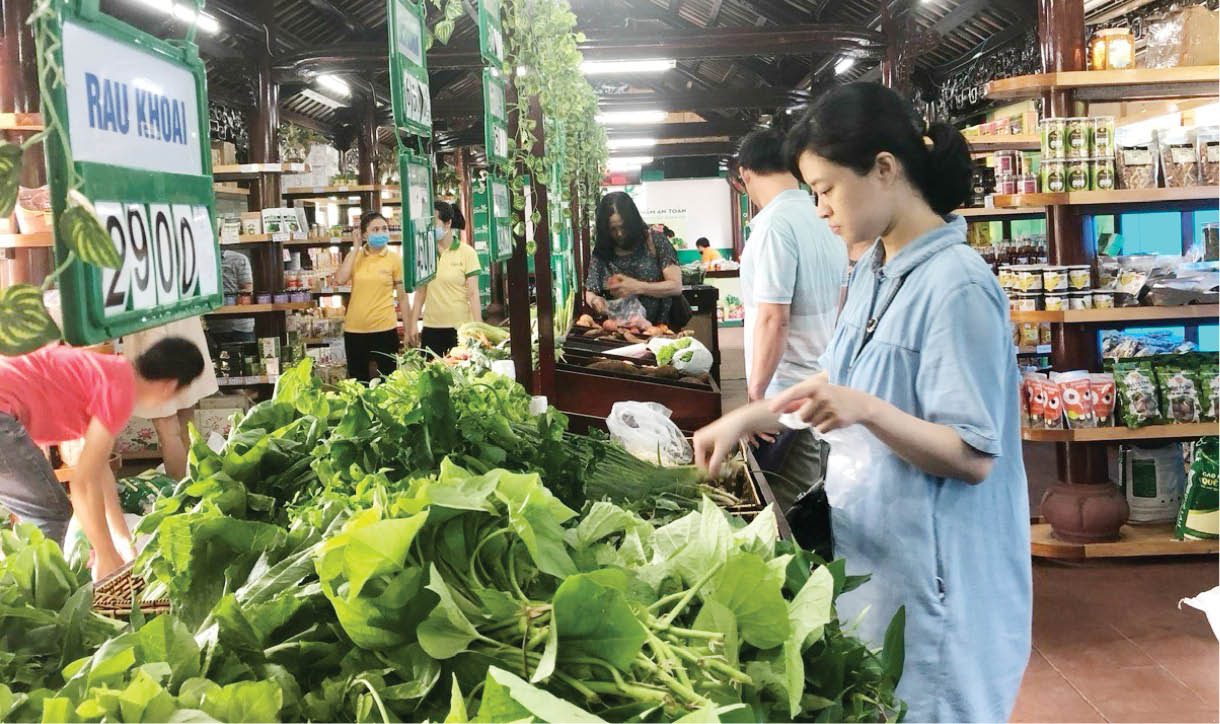

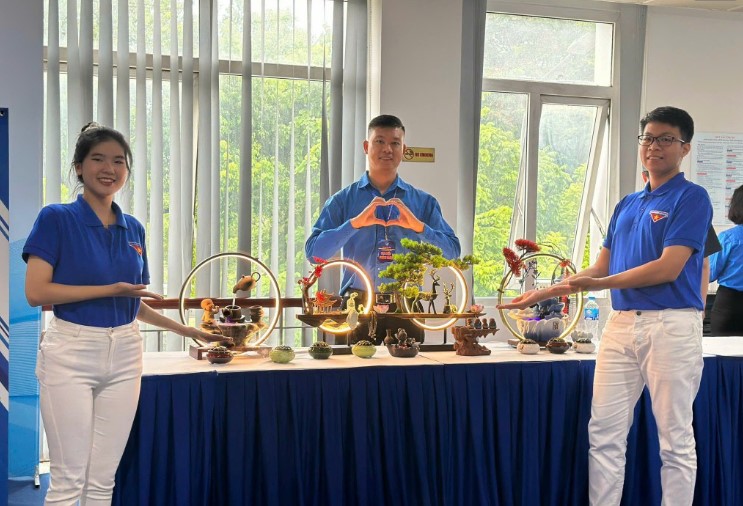
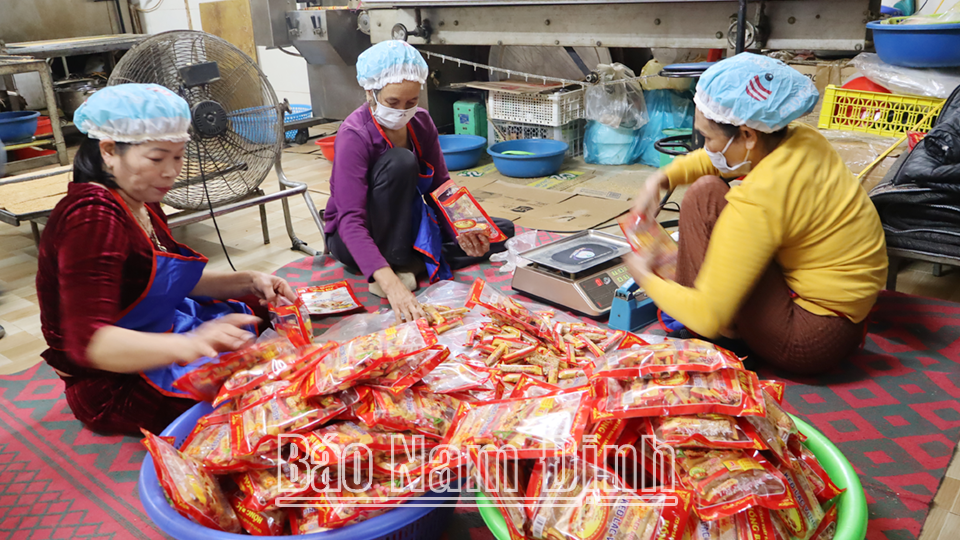

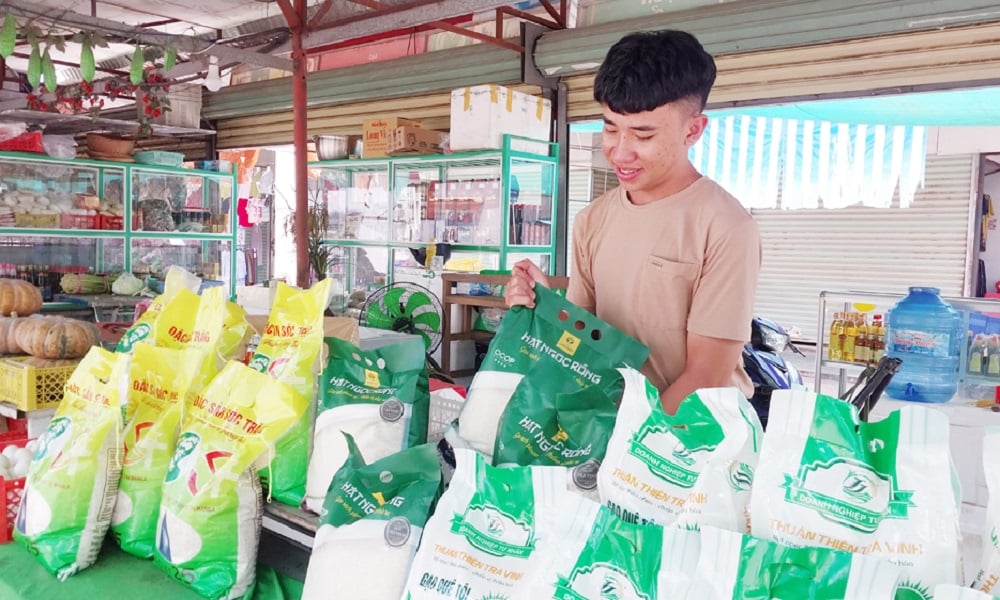
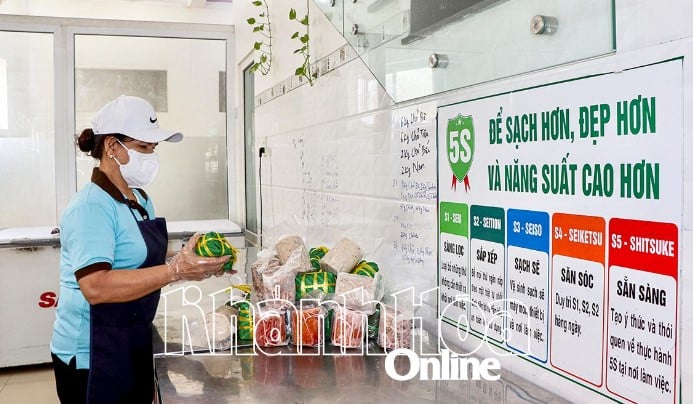

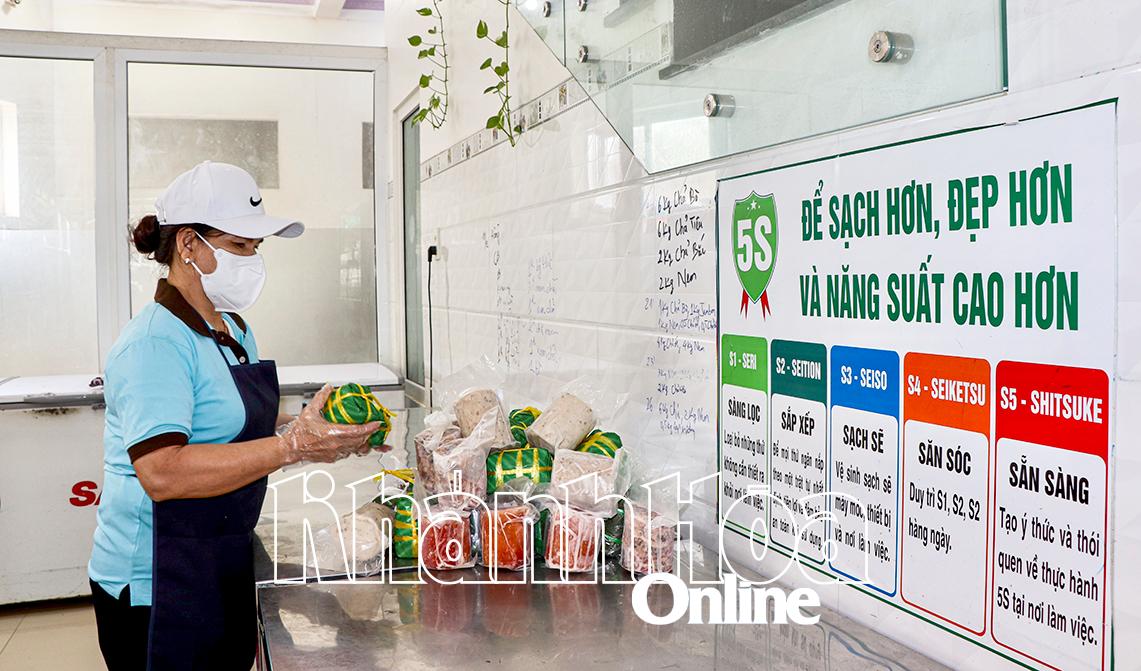
Comment (0)